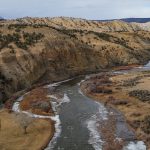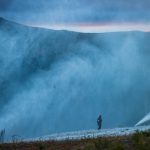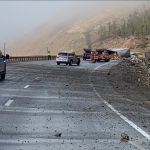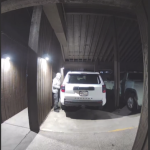Get Wild: What has nature ever done for us? The American beaver
Get Wild
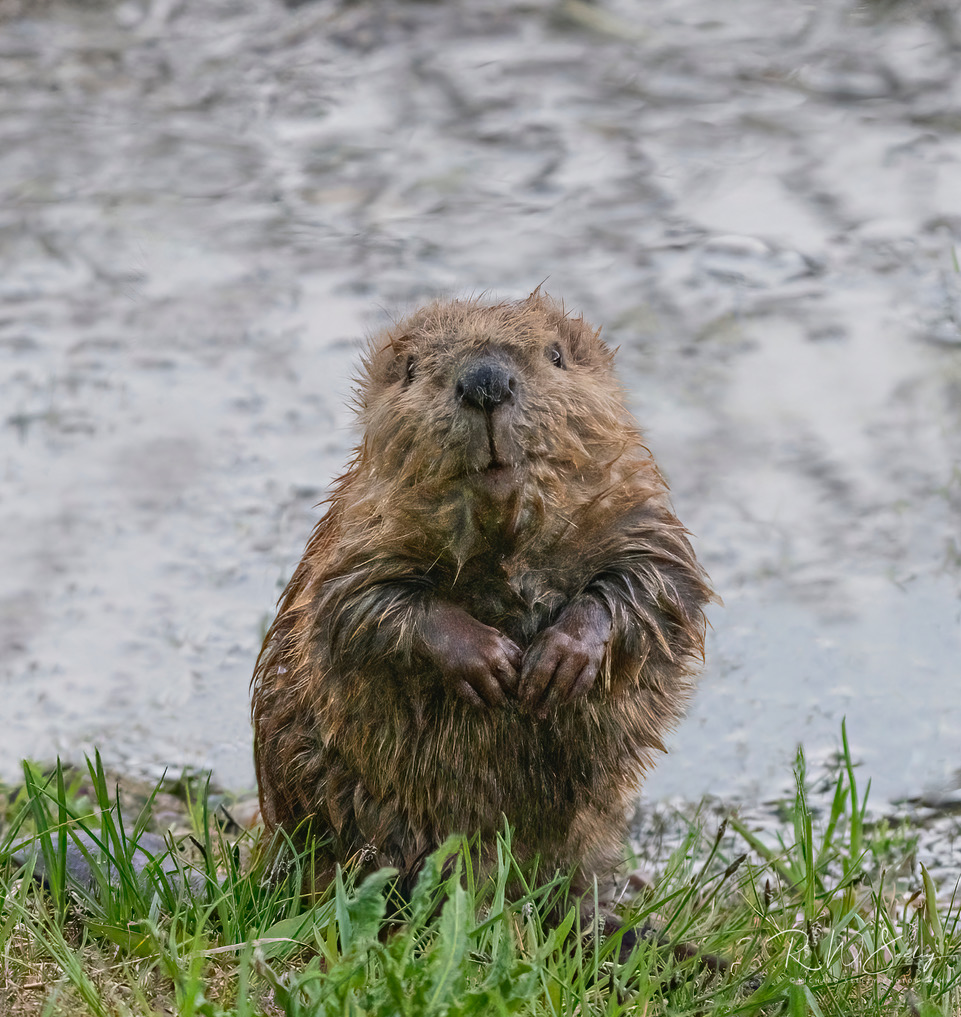
Richard Seeley/Courtesy photo
I’m often asked, “what good is ‘X’ species,” “or “what can ‘X’ species do for me?” Regarding American beavers from a utilitarian view, the answer is that beavers are key to restoration of stream and riparian ecosystem health and function across the arid West. Beaver activity, if common enough and widespread enough, can restore watershed health, raise the water table, restore streamflows to the West’s drying rivers, help reverse the catastrophic declines in biodiversity and mitigate and even ameliorate climate warming by storing carbon in their ponds and meadows. Beaver dams increase the width of the stream channel and lead to an expanded zone of saturated soil providing wildfire breaks and a wildlife refuge. The American beaver may in fact be Colorado’s most effective tool for improving Colorado’s water supply.
Prior to the arrival of Europeans in North America, an estimated 60-400 million beavers were found in nearly all aquatic habitats. They created and maintained vast networks of rich wetland habitat and complex rivers channels that supported a rich diversity of birds, fish and amphibians.
Beginning in the 1600s, beavers were systematically trapped out of streams and rivers, primarily in response to fashion demands of the international fur trade. By 1876, beavers were functionally extirpated from Colorado before we became a state. As beaver populations declined, their dams failed and were not repaired, channels incised, widened and were simplified, water tables dropped, riparian habitats shifted to dryland habitats and the human and wild communities that depend on these habitats became more vulnerable to a warming climate.
Today, although beaver populations have partially recovered, their abundance is still only a small fraction of what it once was. Current laws around beaver trapping and hunting in Colorado continue the legacy of ecosystem degradation and inhibit recovery. Removal of beavers means dams are no longer maintained, leading to dam failure and ecosystem decline. Current trapping and hunting laws mean that beaver populations remain suppressed, and that few young survive to disperse into new habitat where they would otherwise build new dams and create new wetland habitat.
Restoring beavers to restore the ecosystem services that benefit human culture is certainly a good reason to restore and protect beavers — but it’s not the most important reason. The utilitarian view of wildlife as a “resource” to benefit humans is insufficient and has often resulted in commodification of nature — reducing nature, and beavers, to mere objects in our service. From there, it’s just a short step back to the time when 80% of the beaver population was killed for men’s hats. Humanity depends on acknowledging nature’s intrinsic worth — that a species is valuable as an end unto itself, independent of its “use” value to humans.
Science has provided the facts to inform us how we should live with the other species with whom we share the planet. With those facts, instead of asking the question “what can beavers do for me?”, logic and ethics require that we reframe that question to “what can I do for beavers?” or “how can I restore the connections that are the fabric of life, and further how can I become woven into that fabric”? These scientific facts generate ethical obligations to our fellow voyagers of the biotic community. Instead of killing beavers because they are cutting down trees or blocking culverts, we can coexist with beavers by using nonlethal “beaver deceivers” and other nonlethal coexistence methods. Together, we can thrive.
“Get Wild” publishes weekly in the Summit Daily News. Delia Malone is an ecologist with the Colorado Natural Heritage Program where she’s conducted ecological assessments of upland, wetland, and stream habitats and biological surveys of rare plants and animals across Colorado.


Support Local Journalism

Support Local Journalism
As a Summit Daily News reader, you make our work possible.
Summit Daily is embarking on a multiyear project to digitize its archives going back to 1989 and make them available to the public in partnership with the Colorado Historic Newspapers Collection. The full project is expected to cost about $165,000. All donations made in 2023 will go directly toward this project.
Every contribution, no matter the size, will make a difference.



